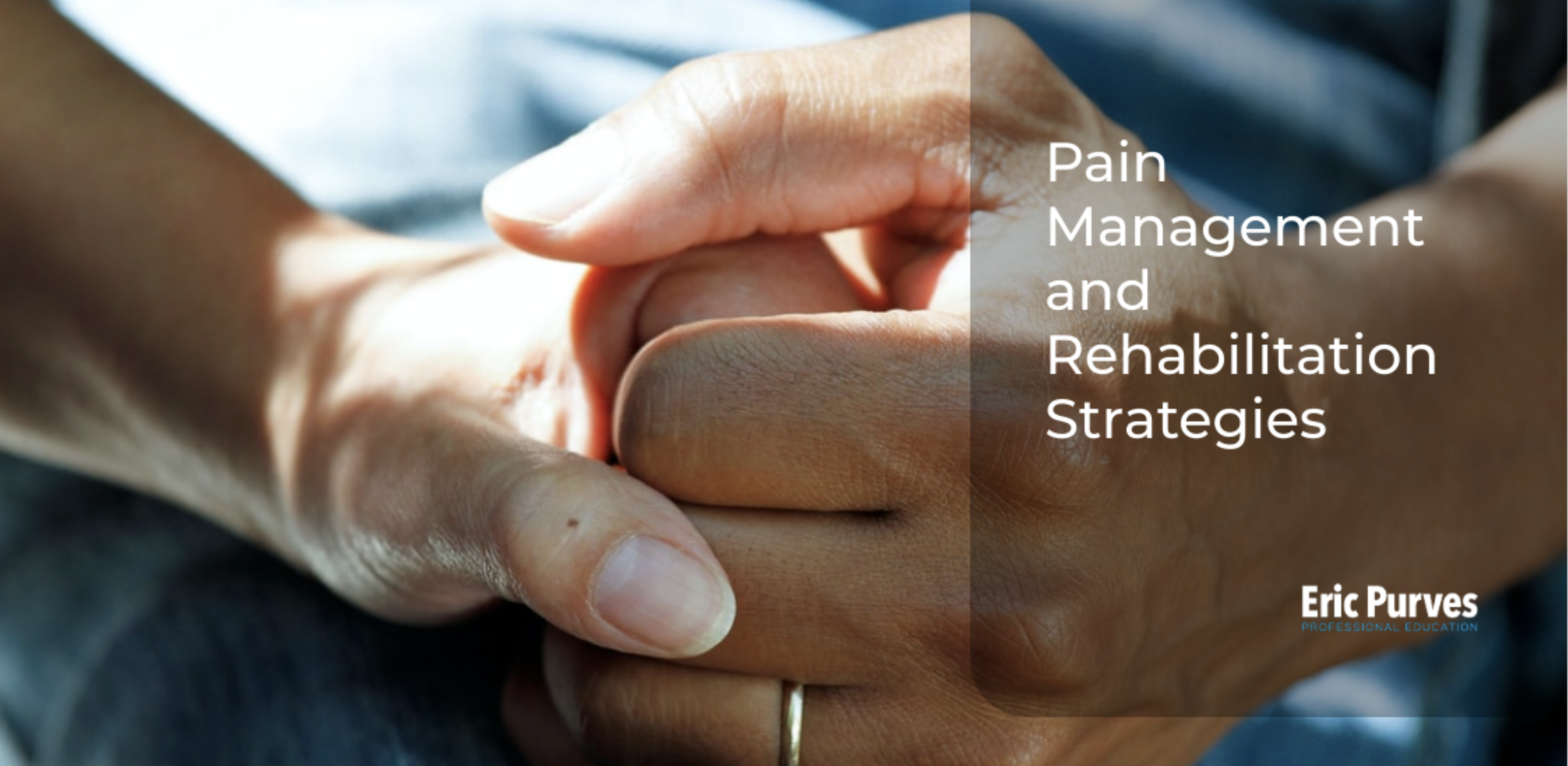The fixer mindset must go away!
The concept of FIXING someone’s pain with massage or manual treatments is an outdated idea which lacks scientific support. More importantly, ask anyone who lives with persistent pain and they will tell you that the search for a fix only served to keep them feeling vulnerable, broken, and a loss of self.
If someone’s pain could be fixed with a single intervention, or a series of treatments then the burden of pain would not be so prevalent in our society. If pain was a THING which could be fixed, then the weeks, months, and years of suffering many people experience would not exist.
I completely understand the “FIXER” way of thinking. I spent the first half of my career chasing the right technique or approach to FIX people. That was the mindset we were instructed in massage school and that was what subsequent CE instructors taught me. The idea of finding the root cause of someone’s pain and being able to provide a specific intervention(s) to FIX them is very powerful!
However, what explanation are we left with when we have accurately assessed, palpated and applied a protocol and treatment and the person doesn’t improve? If they are still suffering with pain and its associated disability then why?
If there was a best technique, modality, or “fix it” approach then everyone who was treated with it would improve. But, we know that is not the case. Sometimes people feel better, sometimes they feel the same, and sometimes they feel worse. What explanations are we left with to explain this?
If you are a massage therapist who continues to search for this FIXER way of thinking, it will often leave you stuck searching for answers which will never come. Why? Because, when the focus of treatment is on the tissue, changing anatomy, or correcting a perceived dysfunction, the most important aspect of treatment is missed. The person! Every person is different so every approach must be individualised to meet their specific needs, expectations and objectives.
Is there a better way?
The solution to this FIXER problem is to start by learning the science of pain, manual therapy and musculoskeletal medicine. Then, a better way forward is to be humble, curious and exploratory with how to apply this information into your clinical practice. Learning an evidence-based approach and being a FACILITATOR for wellness rather than a FIXER of dysfunctions is what needs to happen. The best way I describe this is to learn how to be comfortable with uncertainty.
An evidence-based massage therapist should strive to move their focus away from fixing tissues and move towards providing a treatment framework which embraces the complexity of the person’s unique pain experience and thus shifts your mindset and treatment objectives from dysfunction to wellness.
These principles form the foundations for what I teach inside my comprehensive self-paced course:
Evidence-Based Pain Management for Massage Therapists’.
Do you want to continue focusing your time, effort and hard earned money on courses which teach concepts and ideas which are based on old information and not science-based? Or would you rather take a course which embraces the current science and best practices and strives to give you all the knowledge, skills and ideas to implement this into practice ASAP.
If you are ready to embrace change and you want to realize your maximum potential as a therapist, then please join the evidence based pain management revolution by clicking this image:
Is this course approved for continuing education credits?
YES! This course is approved for CECs throughout Canada. BC RMTs can receive up to 20 CECs.
Already have your CECs for this cycle?
Purchase the course today at this reduced rate and complete it whenever you wish! Learners receive lifetime access to this course content. This includes all future updates and bonus content.
Testimonials
I wanted to say thank you very much for continuing to produce excellent content for practitioners. Your courses are well thought out, well supported by the evidence, easy to navigate and I always learn a lot. I also really respect your attitude towards not being an expert but trying to be a little less wrong. I will continue to look out for new content coming from you. Thank you very much for continuing to push this profession forward.
Alanna – RMT
Having been an RMT for 23 years I have to say this course pretty much confirmed all my suspicions/biases but, in a good way. Reading all the research, quite frankly blew my mind. It’s hard to reconcile all the research with what is still being taught in RMT school and other courses. I will highly recommend this to all my colleagues. Again, thank you so much.
Katrina – RMT
Thanks so much! This course is great value, I had a lot of aha moments! Very thoughtfully presented and I love your teaching style. I feel this is one of the best courses I’ve taken in 10 years of being a therapist. All massage therapy students would greatly benefit if this were part of the curriculum. All the best,
Janette -RMT




